

Welcome to TILAL LIFE

Have you ever thought about the things that impact your daily life? Is it your professional life, or perhaps your family? What about the place you chose to live in? The environment that surrounds us plays a vital role in determining the overall quality of our lives. While many of us may think of work and family as influential factors, the place we live in is a key and impactful element in our daily lives.
So, what do we mean by sustainable urban development? It is a journey toward development that meets the needs of the present without compromising the ability of future generations to fulfill those needs. Like our previous generations that prioritized building good infrastructure for sanitation and extending electrical power, turning yesterday’s necessities into today’s essentials. Through this, we seek to achieve a balance between the economy, the environment, and society, building sustainable cities that enhance the human experience.
The benefits of sustainability are evident not only in long-term economic aspects but also extend to a significant environmental impact, such as reducing air pollution, waste, and pressure on natural resources, water, and energy. The essence of investing in sustainable initiatives lies in their impact on the identity of cities. Our investment in solar energy, for example, may serve to protect the environment and save energy and money.
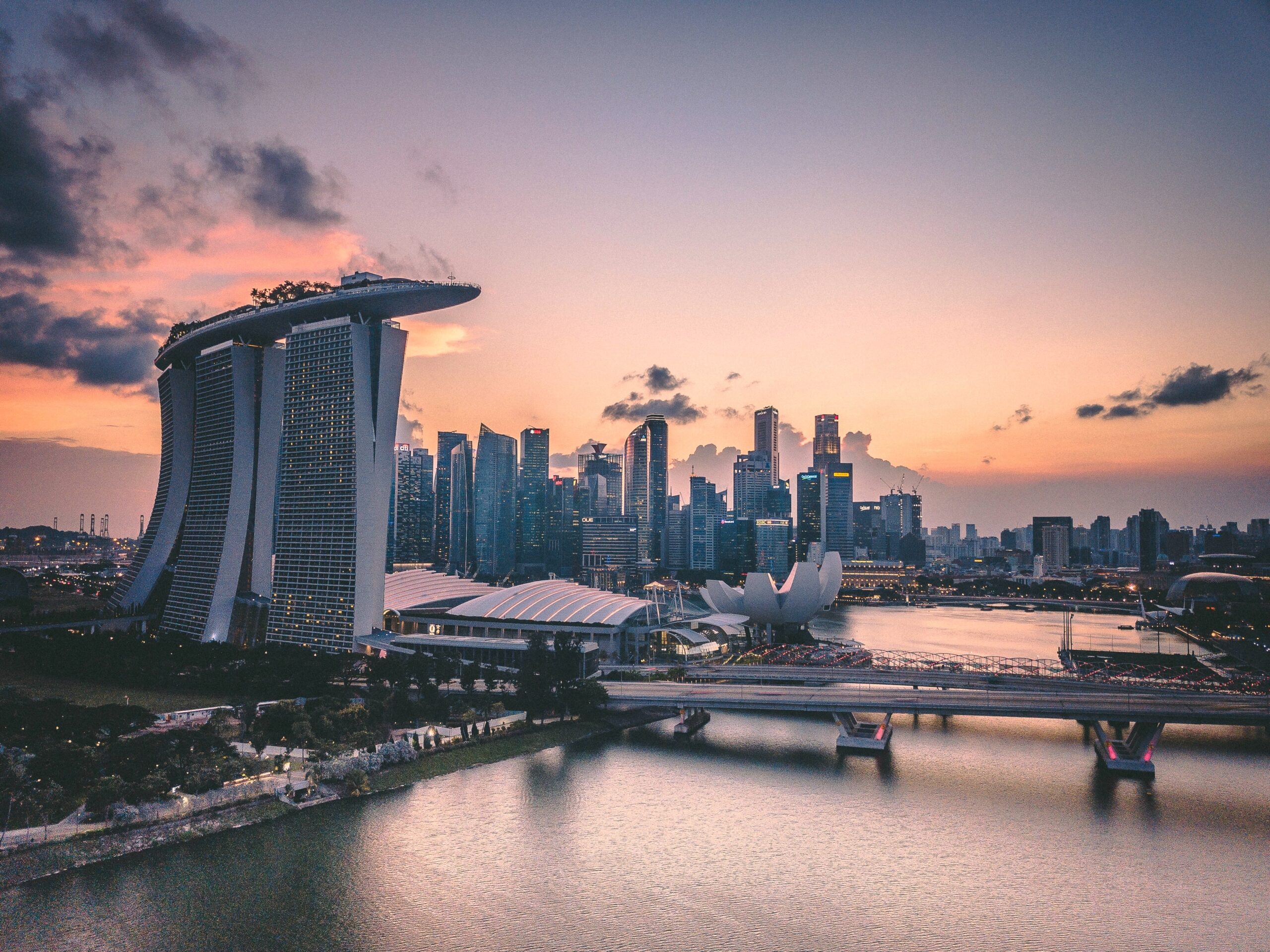






– Carefully integrating gathering places, gardens, landscapes, and transportation to enhance thermal comfort, energy and water efficiency, waste reduction, and carbon emissions mitigation.
– Effective use of renewable energy, with over 11 megawatts of solar panels deployed throughout the city.
– Constructed using passive design principles that harmonize with the environment, aiming for maximum efficiency in energy and water consumption before resorting to technological solutions.
– Each part of Masdar City is meticulously designed to align with the exceptional climate of the Arabian Gulf.



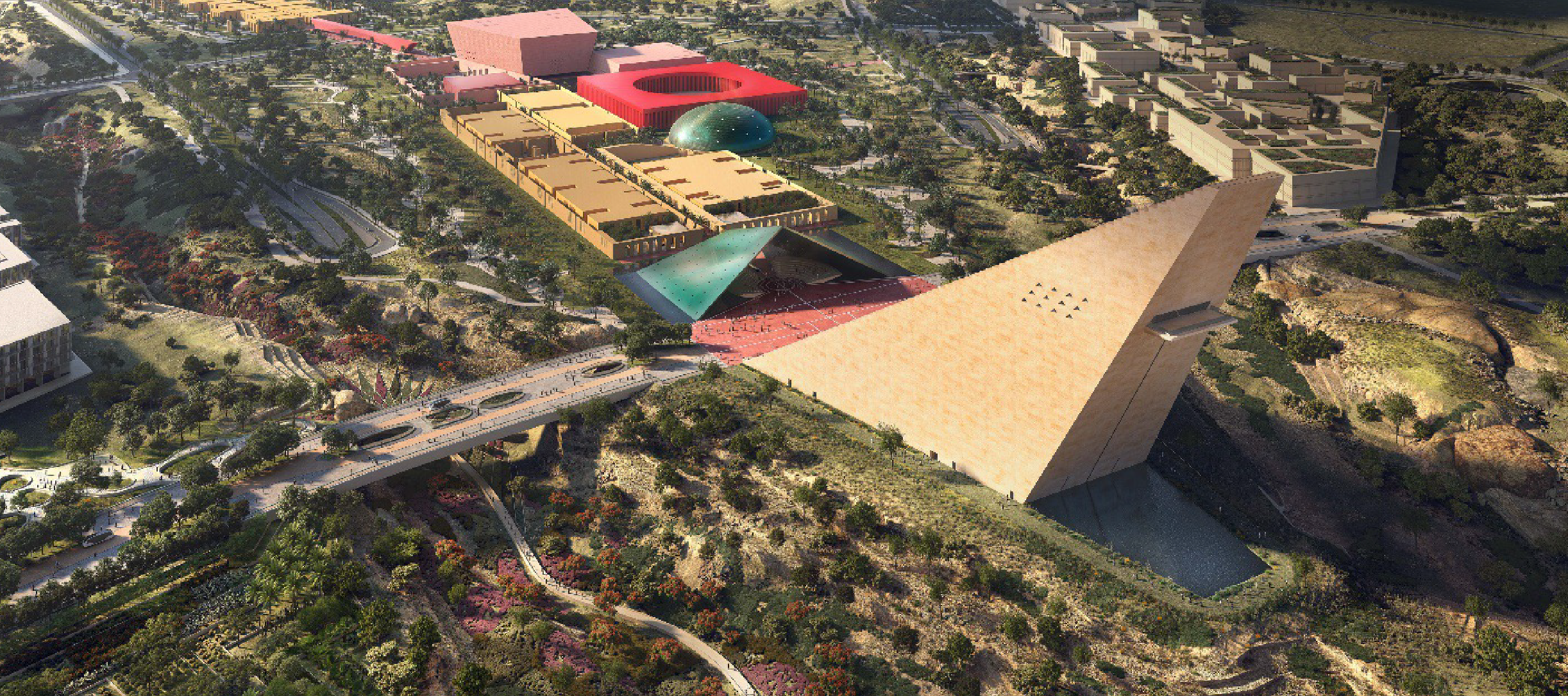
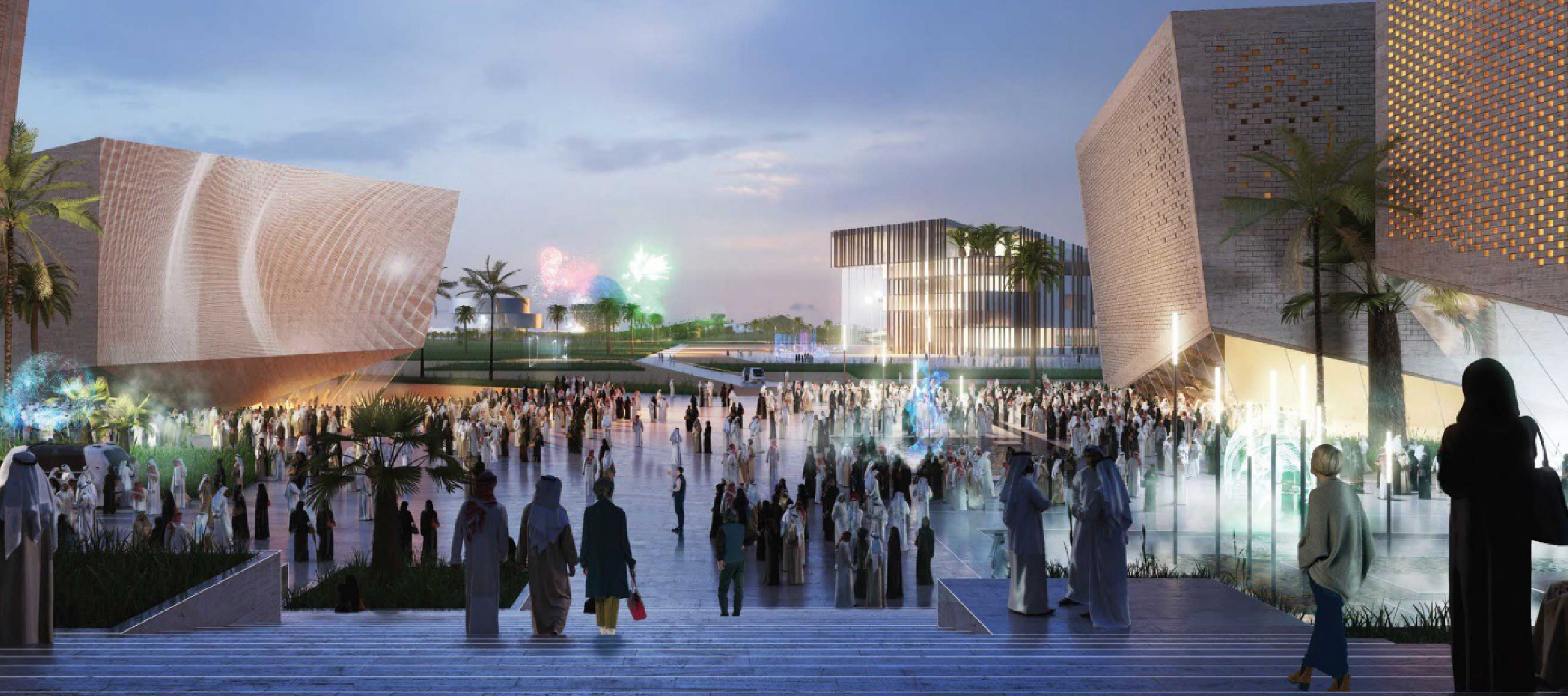





If we want to change the world, we must start by changing the cities.
Jean-Jacques Rousseau
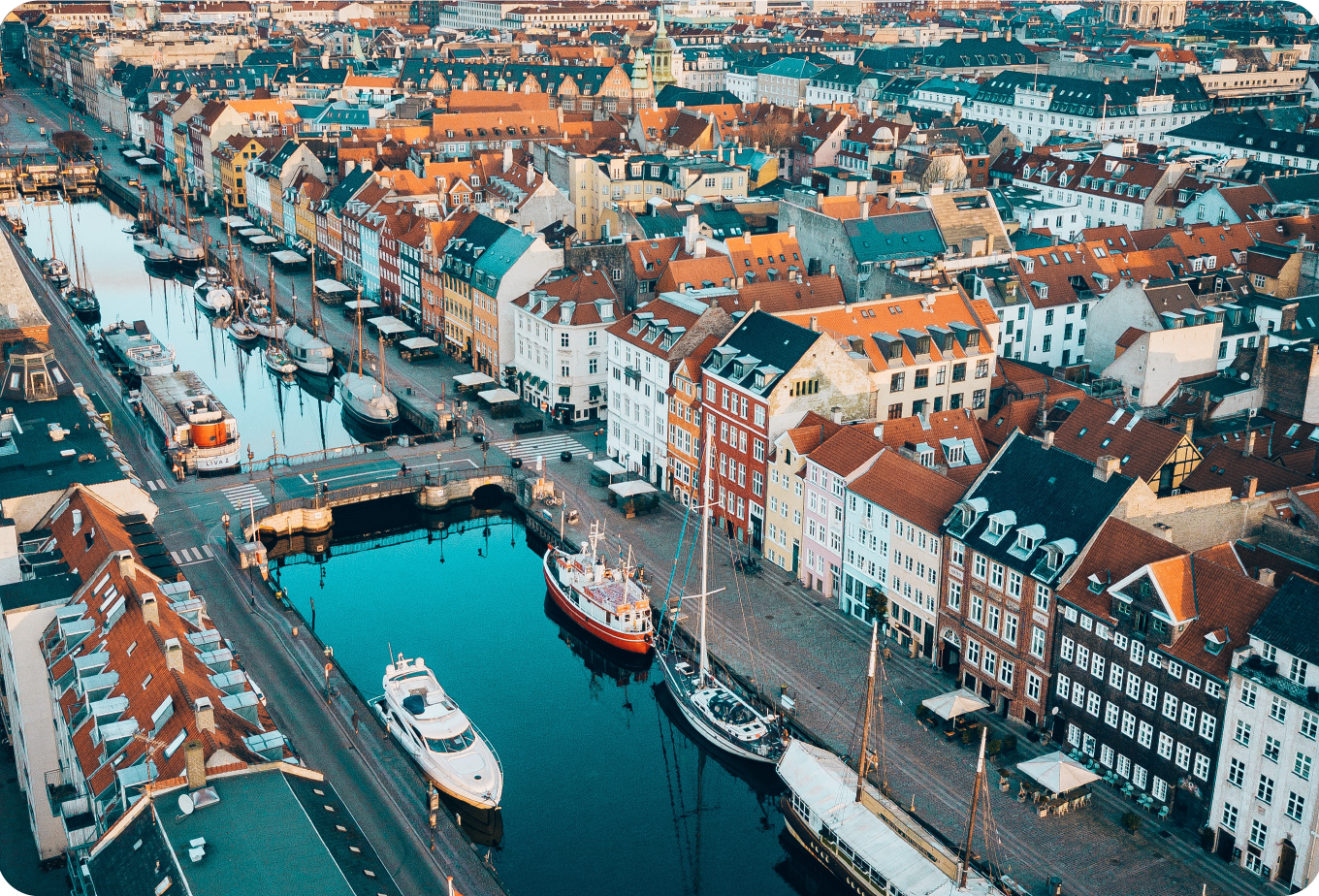
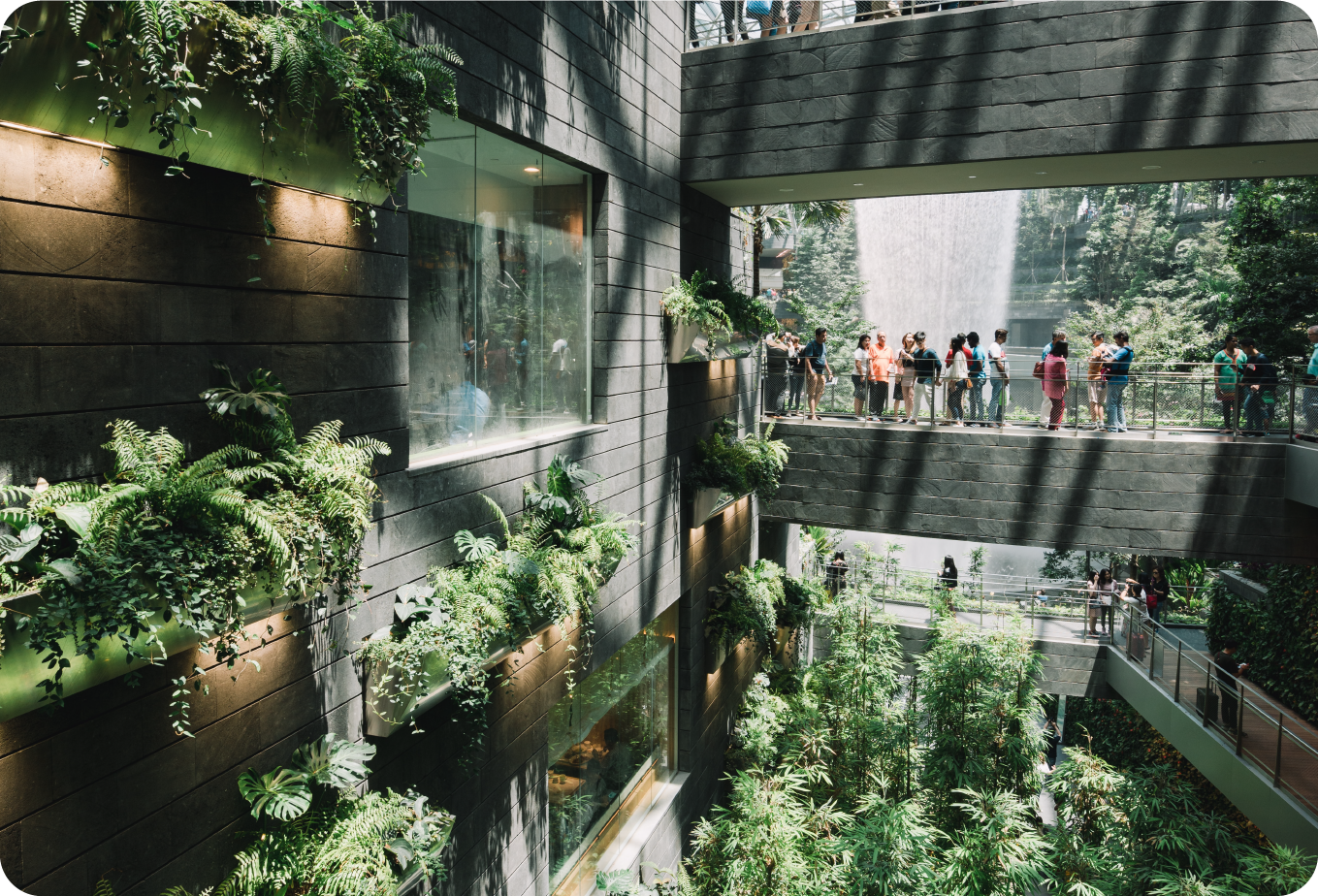





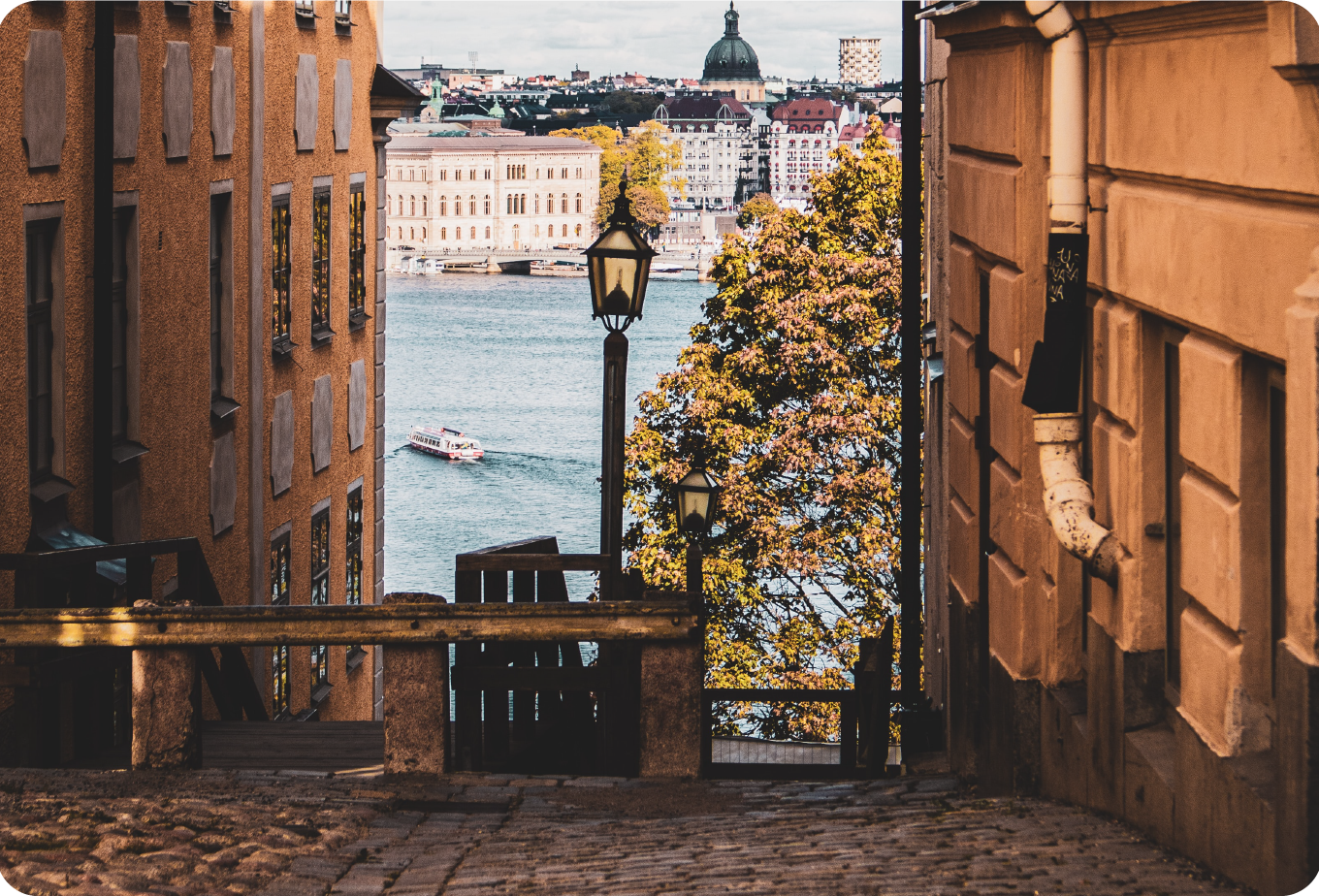

| Thank you for Signing Up |


| | Thank you for Signing Up |



